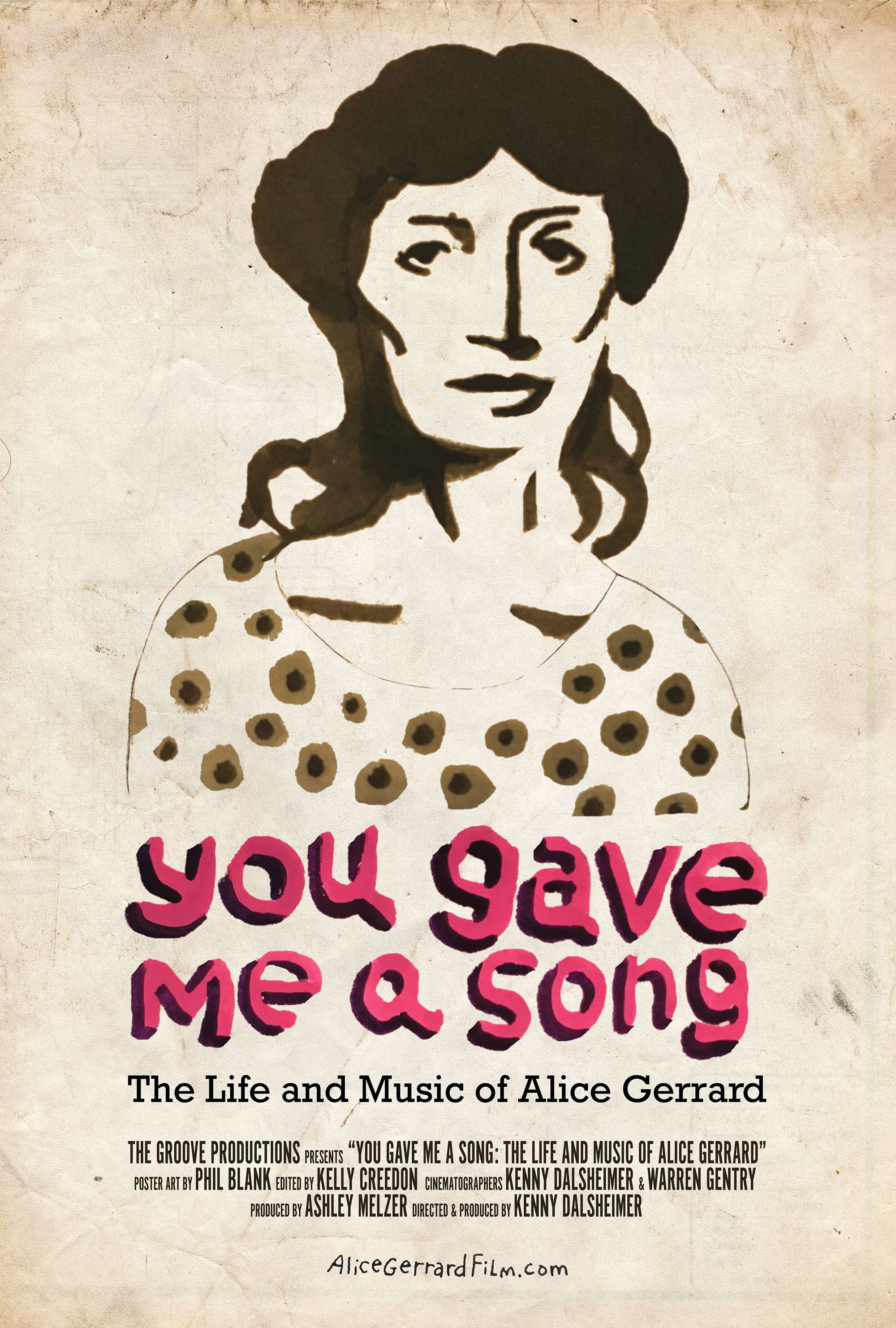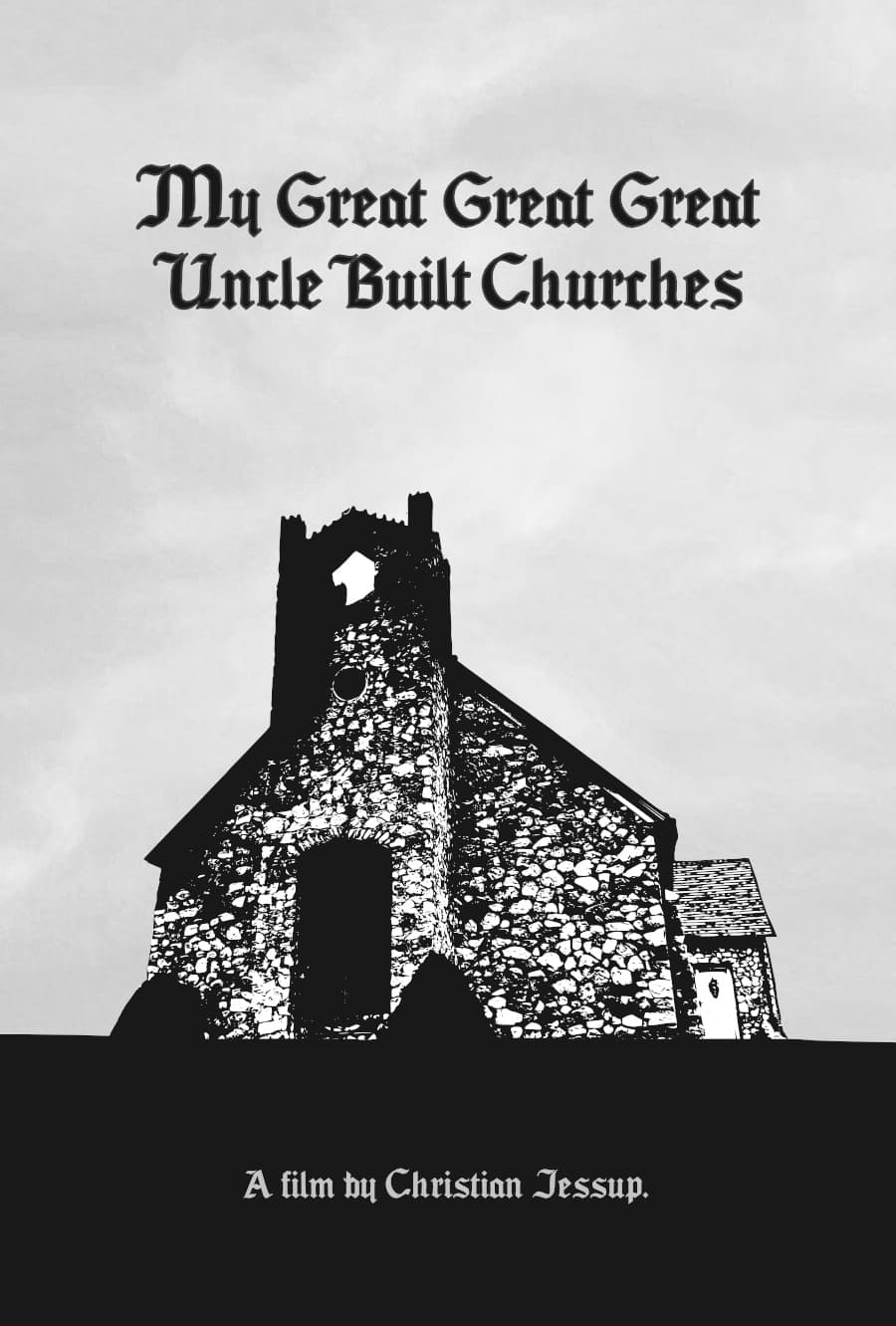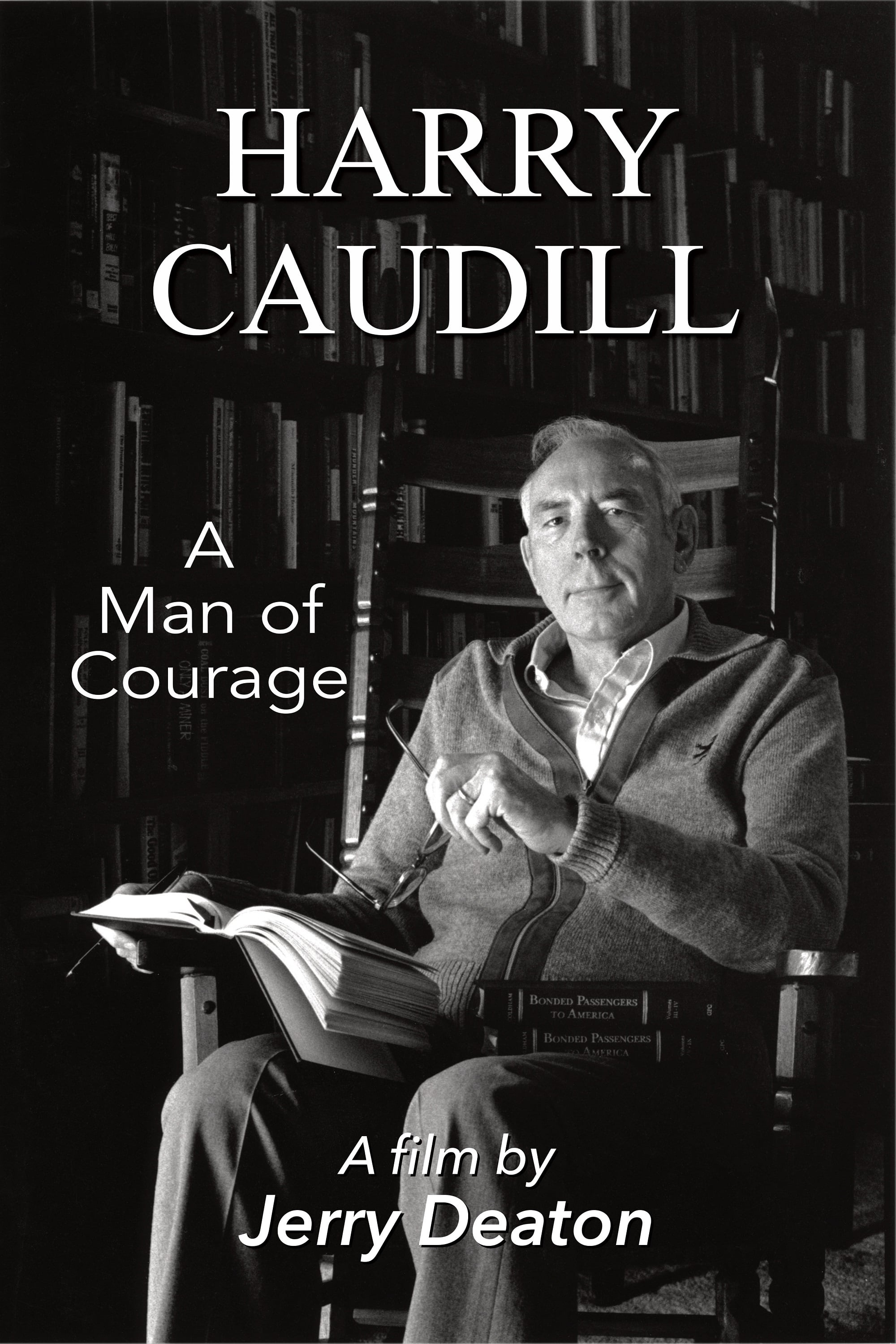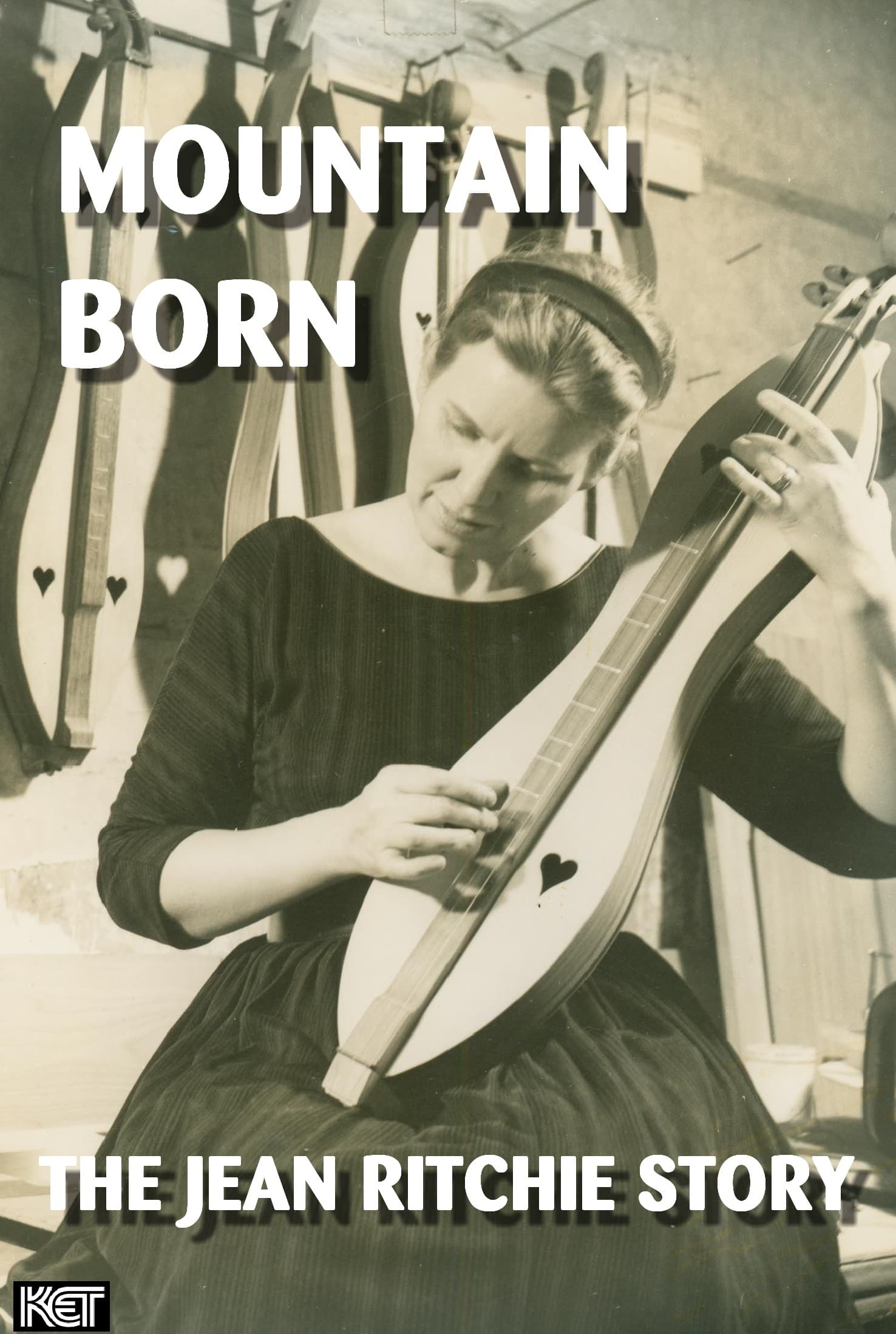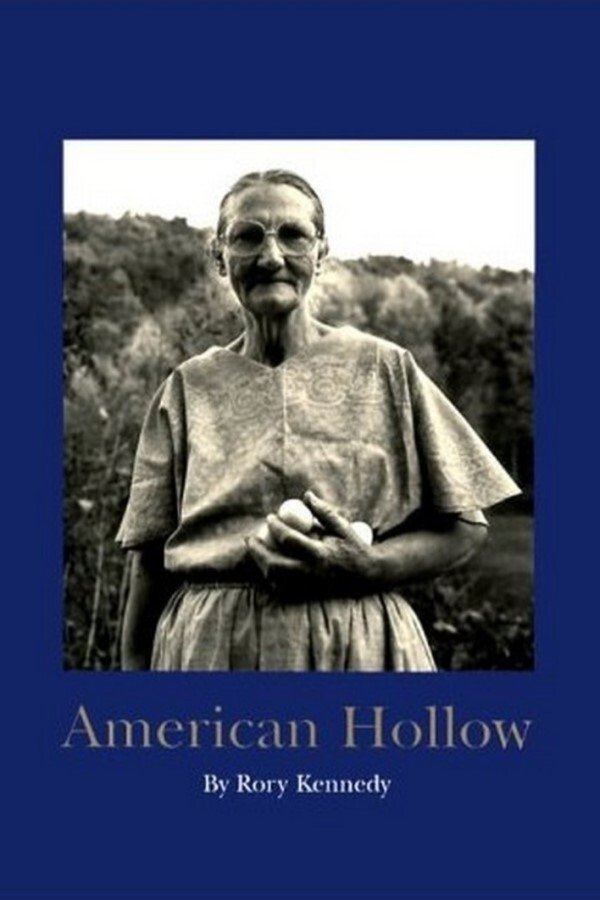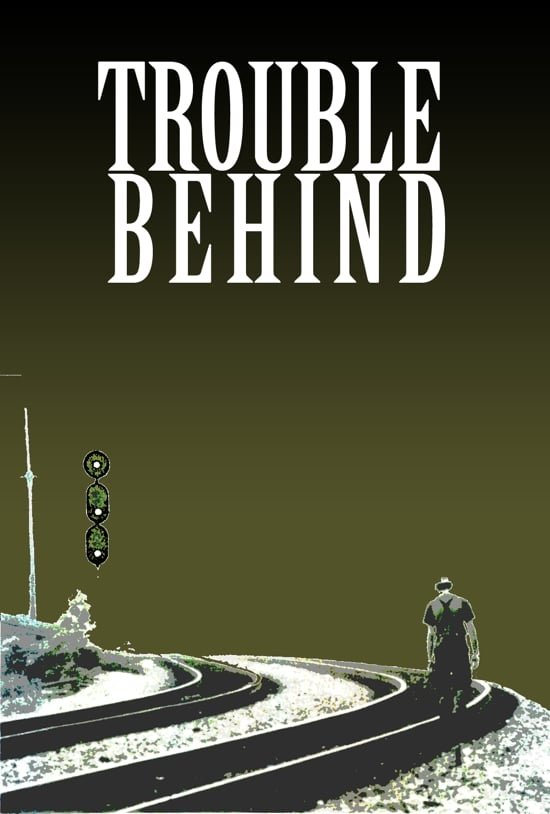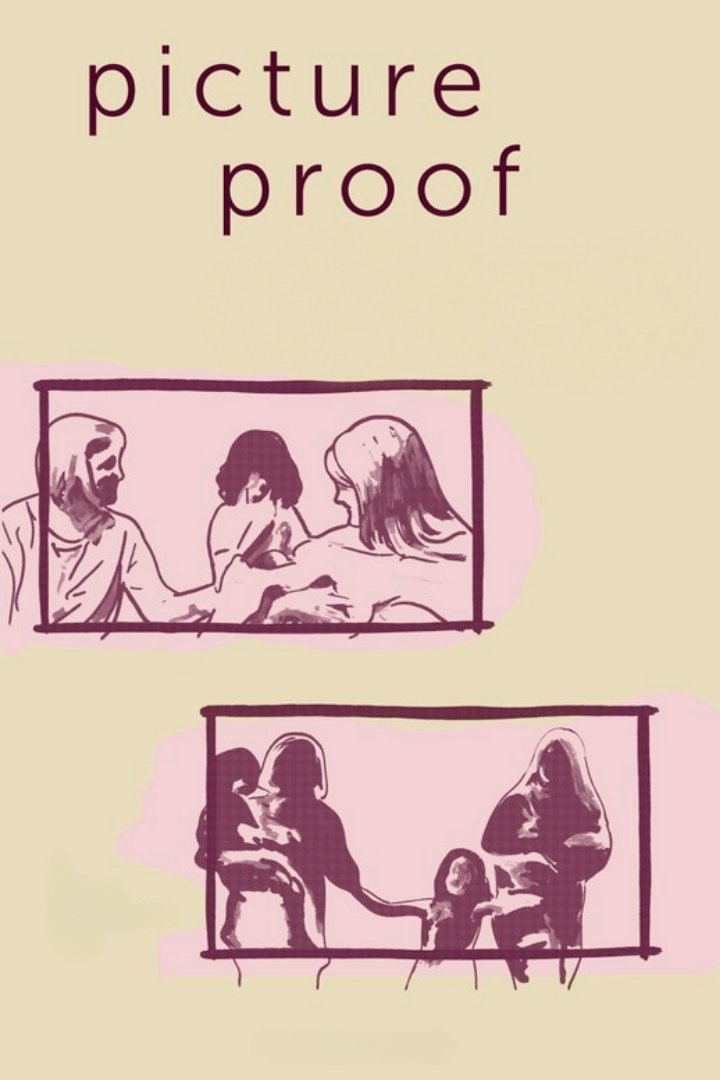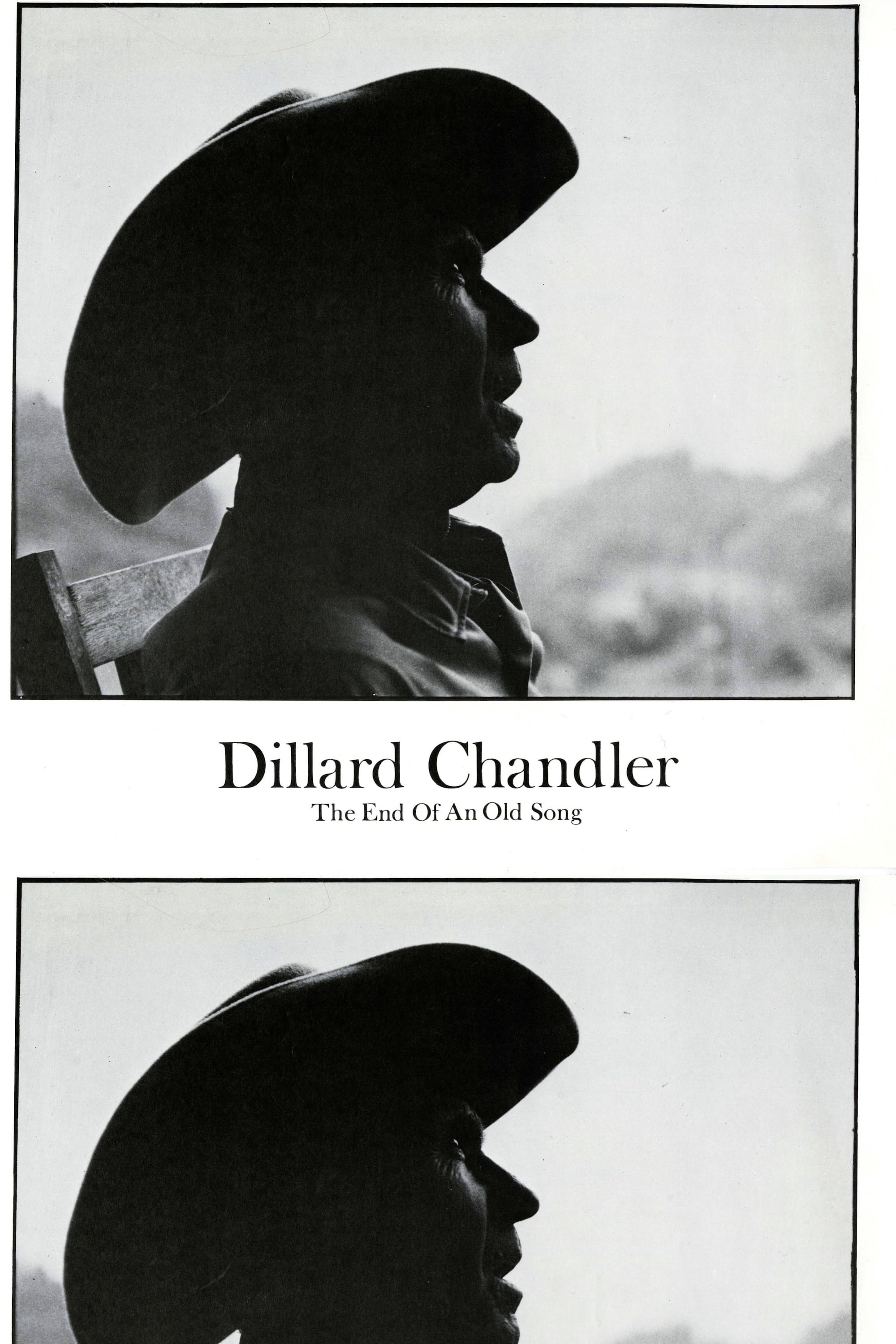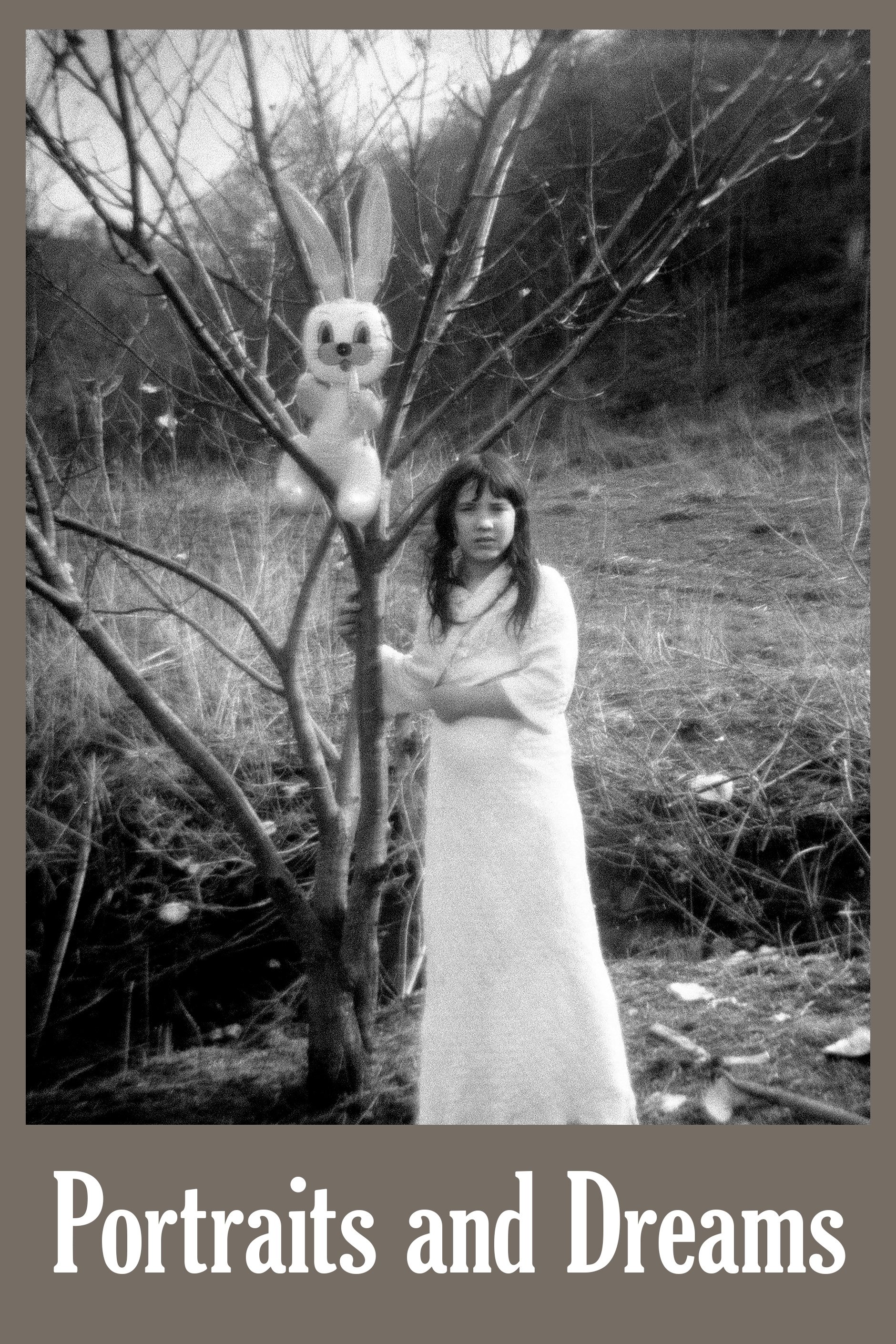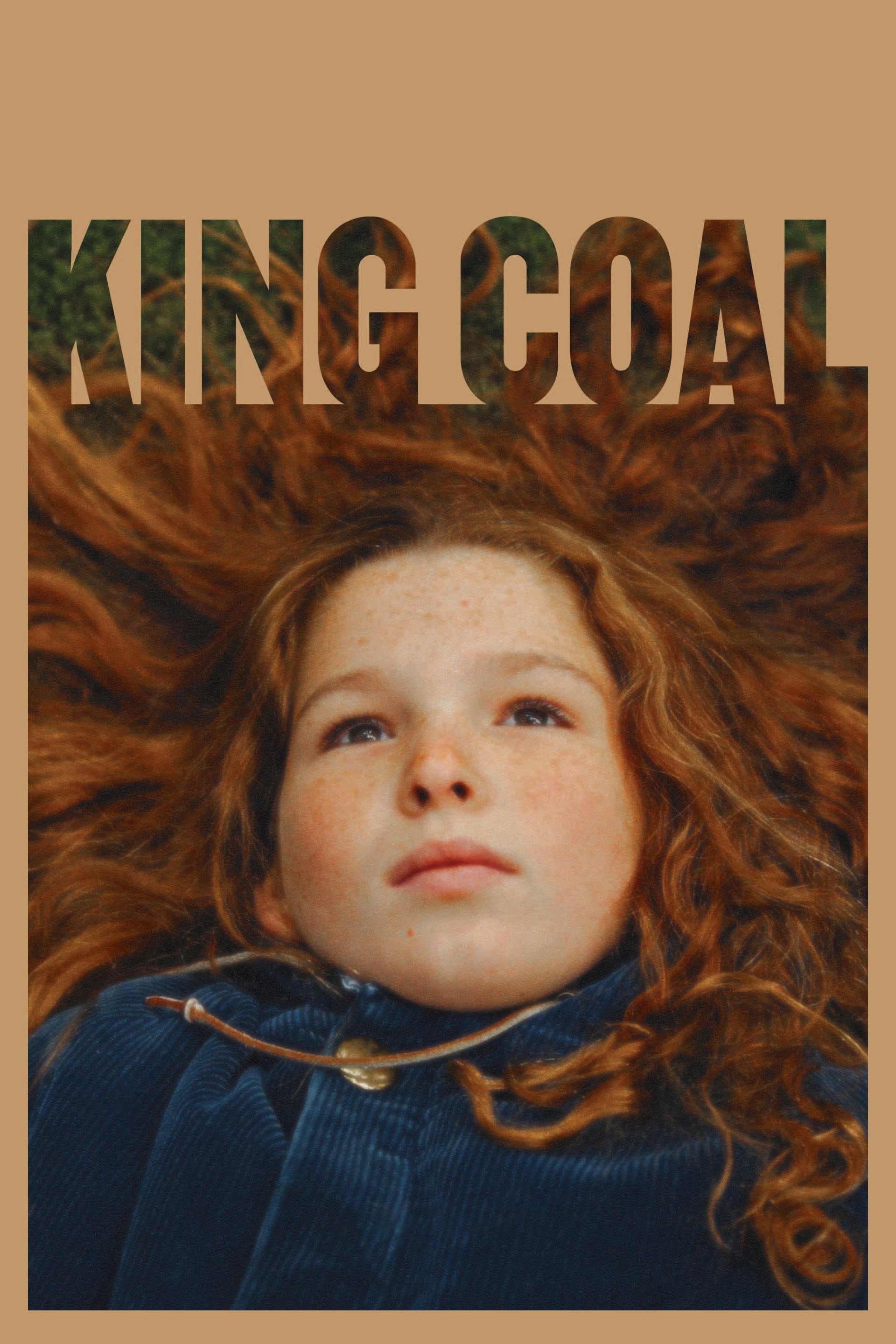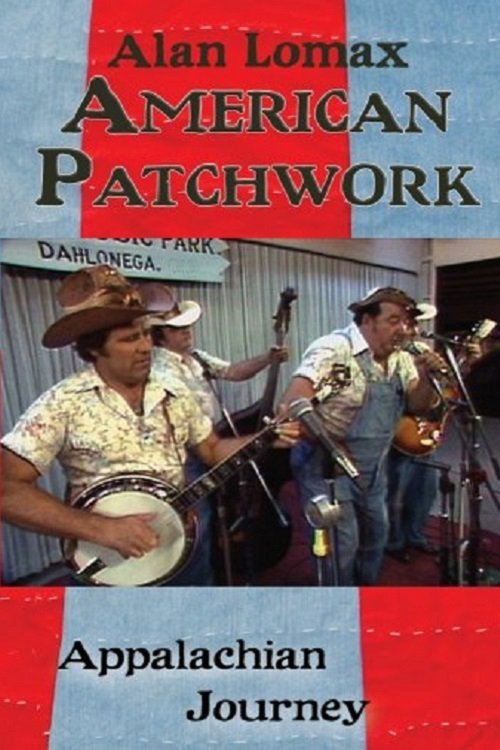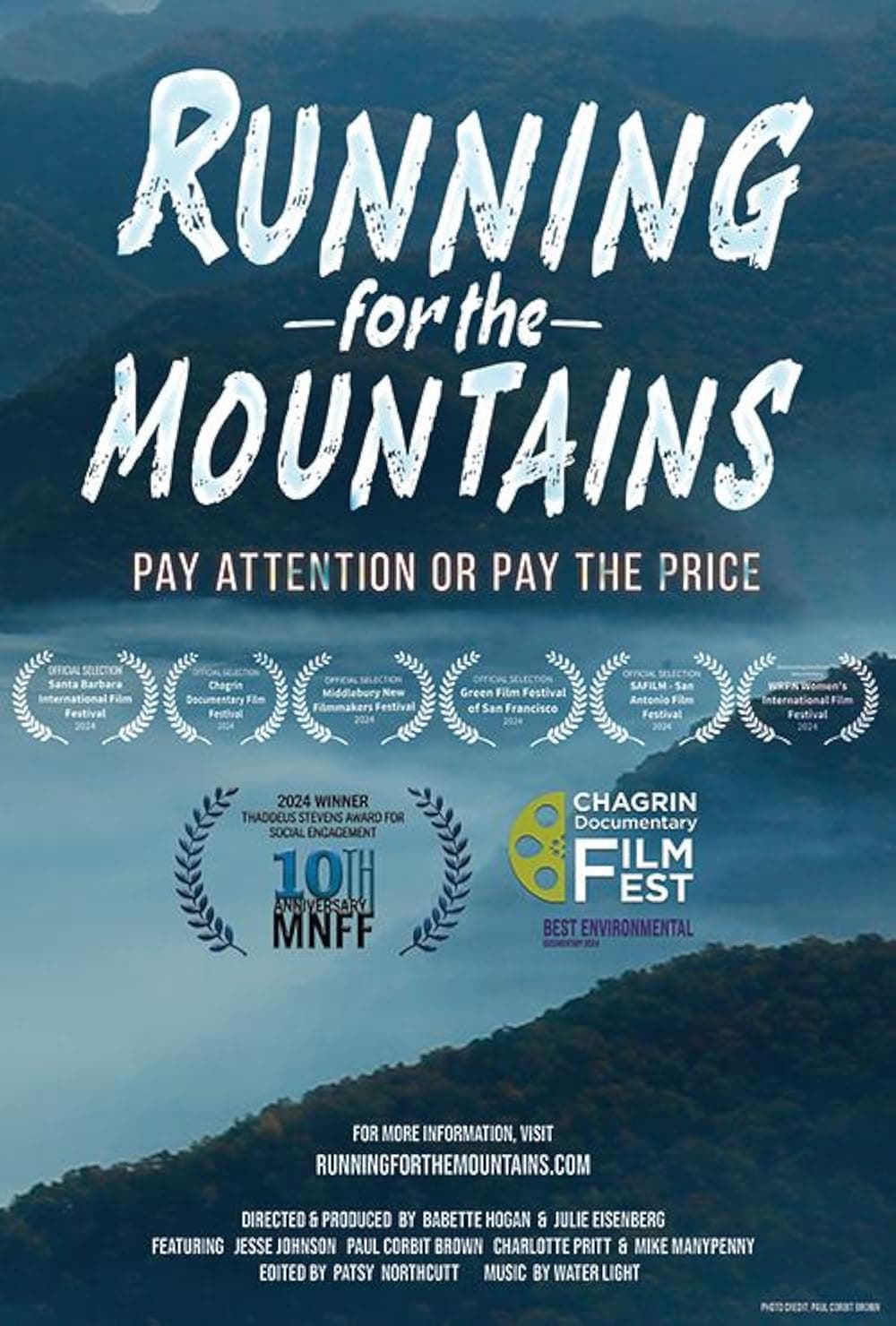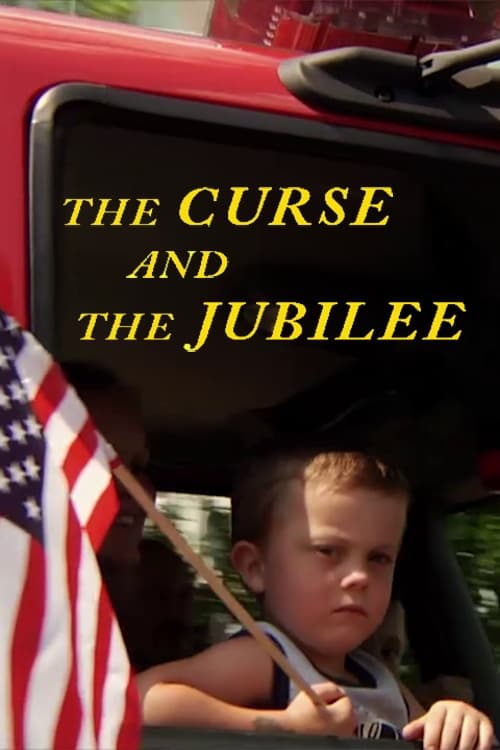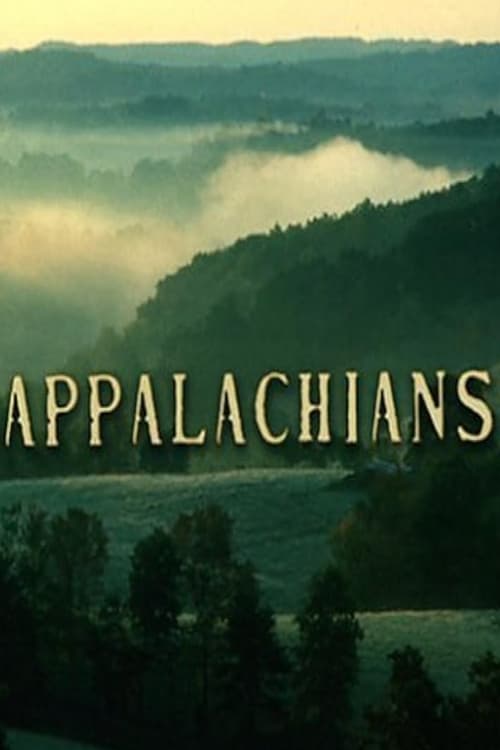
The Appalachians (2005)
Released:
2005-01-22
Duration:
3hr 0min
Genres:
Documentary
Rating 8.0
Overview
Follows the 300 year history of the Appalachian people with interviews by scholars, musicians and writers.
Production Companies
Evening Star Productions
Nashville Public Television
Additional Info
| Budget | $0.00 |
|---|---|
| Revenue | $0.00 |
| Original Language | en |
| Popularity | 0.088 |
Directed By
Crew
Associate Producer
Alexia Zuliana
Alexia Zuliana
Writer
Phylis Geller
Phylis Geller
Editor
Barbara Burst
Barbara Burst
Producer
Phylis Geller
Phylis Geller
Executive Producer
Mari-Lynn C. Evans
Mari-Lynn C. Evans
Original Music Composer
Charlie Barnett
Charlie Barnett
TOP CAST
J.W. Mahoney
Narrator

